Did you know that over 80% of households with pets have at least one indoor plant? If you’re a pet parent, it’s important to make sure your plants are safe for your furry friends. In this article, we’ll explore 11 tall indoor plants that are safe for dogs and which ones to avoid. Learn how to keep your pets healthy and happy while still enjoying beautiful greenery in your home!

Contents
What Makes A Plant Safe For Dogs?
To ensure your dog’s safety, it’s important to know what makes a plant safe for them. Generally, plants that are toxic to dogs will have sap or oils that can cause irritation when ingested. You’ll want to avoid any species with these components that could be harmful if licked or eaten. Additionally, some plants may contain small parts such as berries or thorns which could be dangerous if swallowed. It’s best to research each type of plant before bringing it into your home and keeping an eye on your pup around plants in general.
Tall Indoor Plants Safe For Dogs
When it comes to tall indoor plants safe for dogs, there are a few key options to consider. The Areca Palm (Dypsis lutescens), Fan Palm, Parlor Palm, Banana Tree (Musa spp.), and Cast-Iron Plant are all good choices. These varieties of plants can be enjoyed by both you and your pup without worry of toxicity or harm.
Areca Palm (Dypsis lutescens)
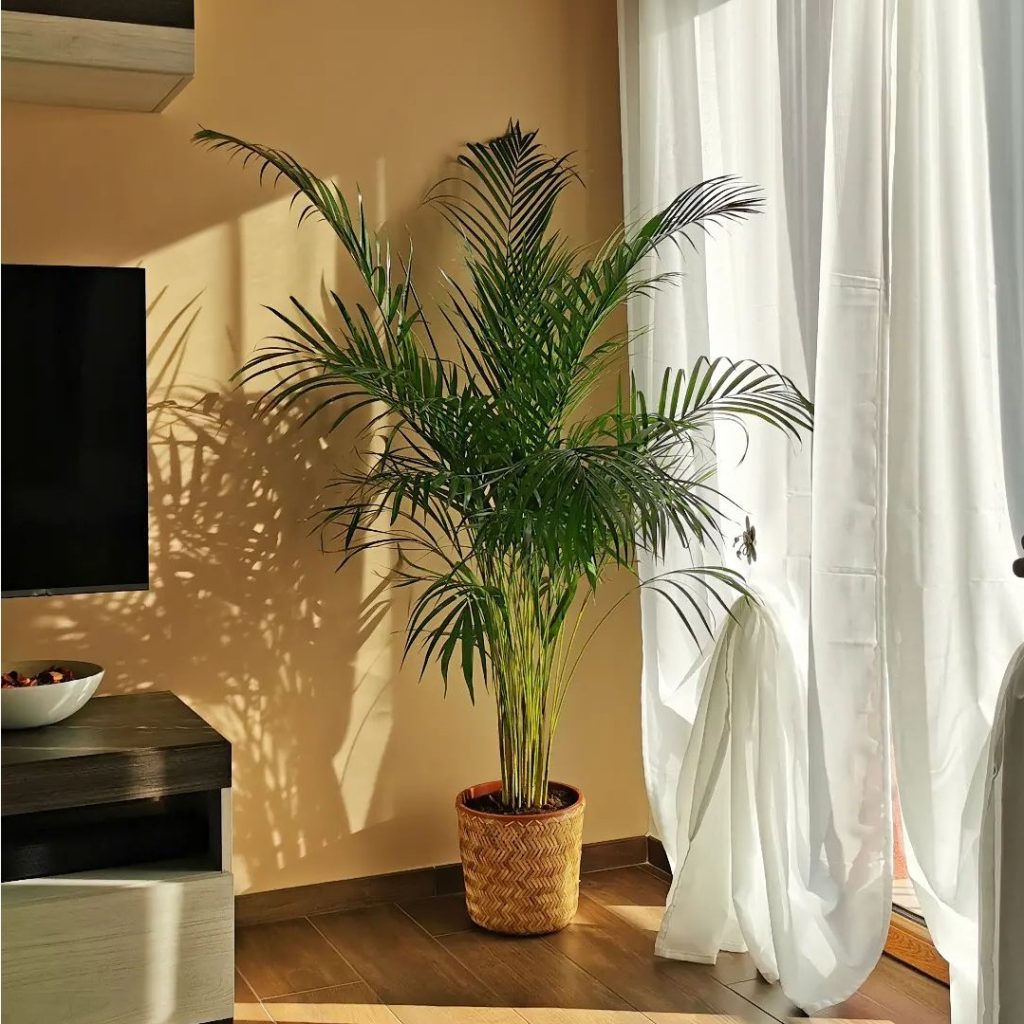
You’ll love the lush, full look of the Areca Palm (Dypsis lutescens), and luckily it’s safe for your pup! This plant is native to Madagascar, and its fronds can get up to 8 feet tall. It has a slim trunk with beautiful feather-like leaves that fan out at the top. While it may not be toxic to your pet, you should be careful about making sure they don’t eat any of the leaves as they could upset their stomach. Also, make sure you don’t overwater this plant or let it sit in too much direct light as this could cause leaf burn. With enough care and attention, though, this houseplant can thrive indoors while keeping your furry friend healthy and safe!
Chinese Fan Palm
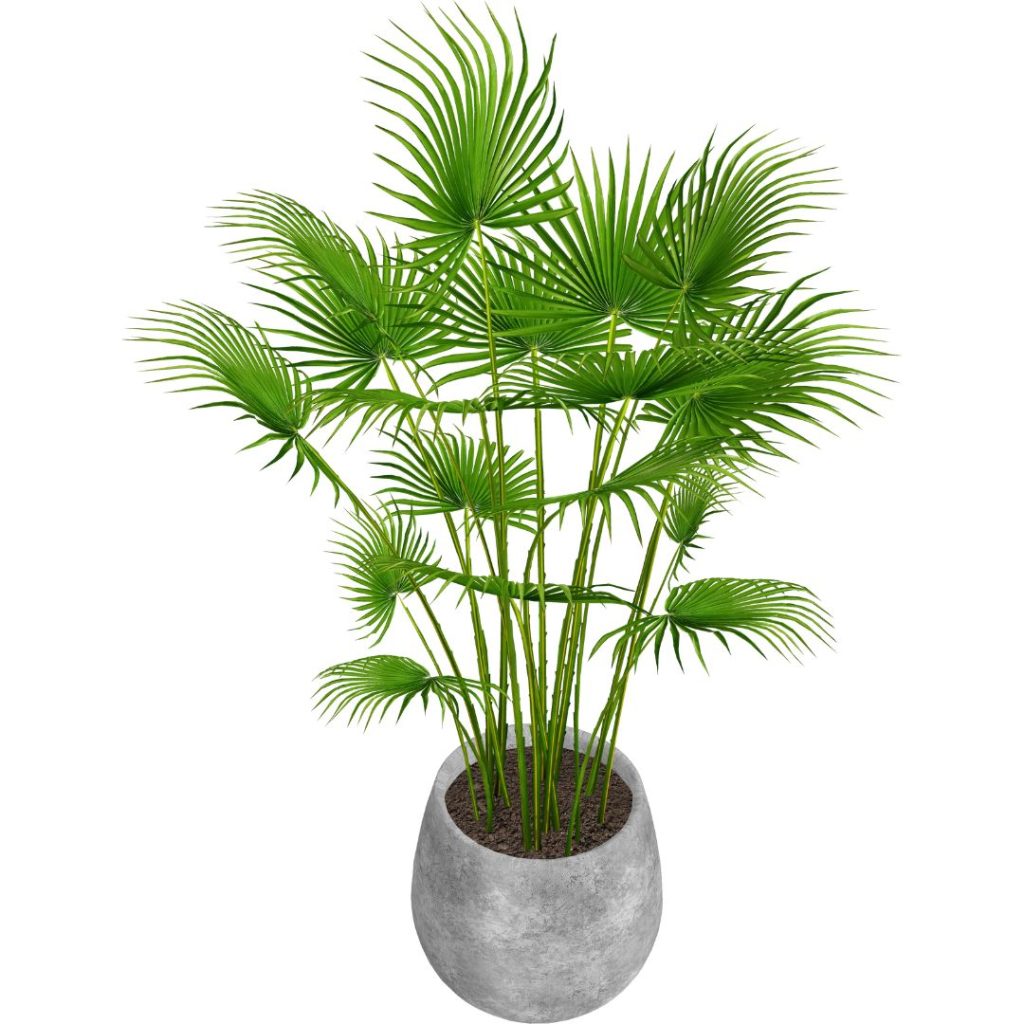
The Chinese Fan Palm is an attractive, low-maintenance houseplant that adds a lush touch to any room – and it’s totally pup-friendly! The tall stems of the palm are adorned with fan-shaped leaves, making it an eye-catching addition to your home decor. It also requires little upkeep; just water when the topsoil has dried out! Plus, its non-toxic nature makes it a safe choice for households with dogs. Because of this, you can rest easy knowing your furry family member won’t be harmed if they decide to nibble on its foliage. With proper care and attention, this plant can provide years of beauty in your home without putting your pup in danger.
Parlor Palm
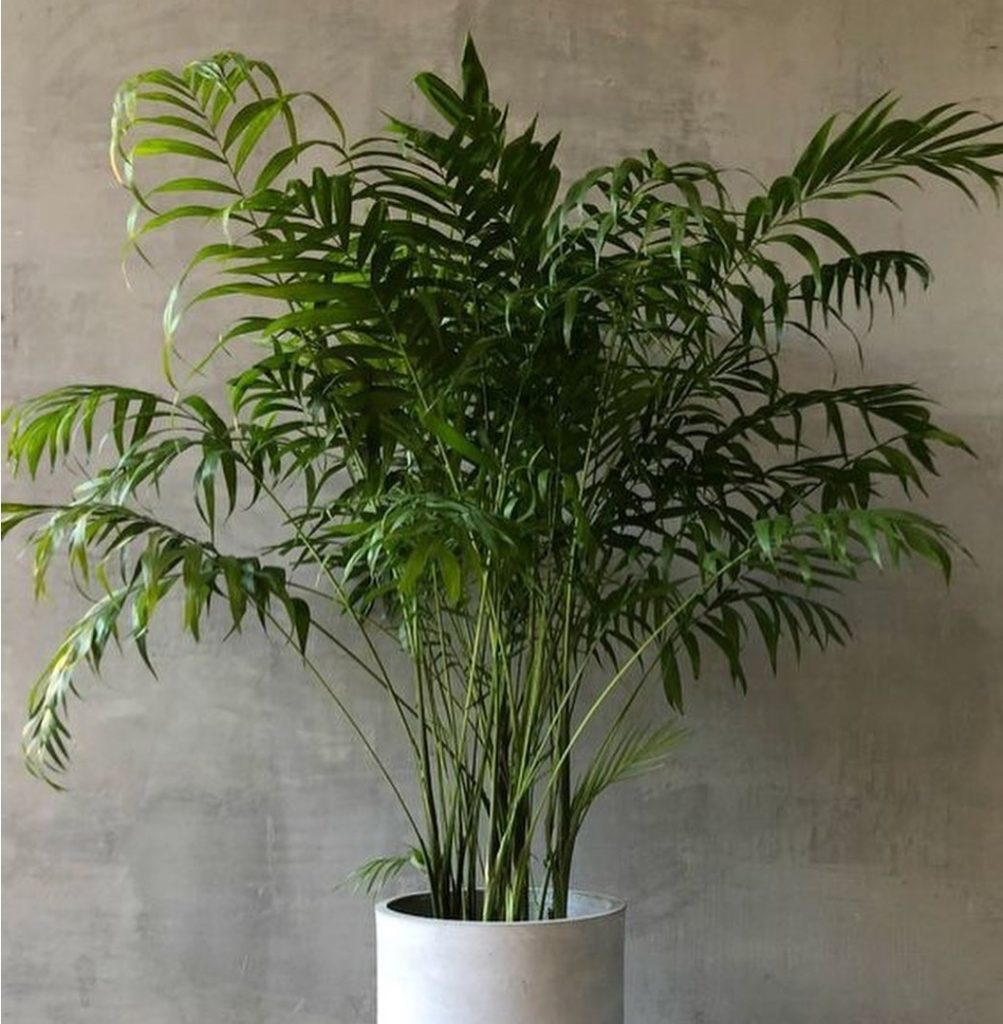
Enjoy the beauty of the Parlor Palm (Chamaedorea elegans) in your home without worrying about endangering your pup! This type of palm is an excellent choice for pet owners, as it’s not only easy to care for but also non-toxic to both cats and dogs. Native to Mexico and Central America, this indoor plant can grow up to seven feet tall when given plenty of light and humidity. It features long, feathery leaves that are bright green with yellow stripes. The Parlor Palm is also known for its air-purifying qualities – it can remove toxins from the air like formaldehyde and benzene – making it a great addition to any room in your home!
Banana Plant (Musa spp.)
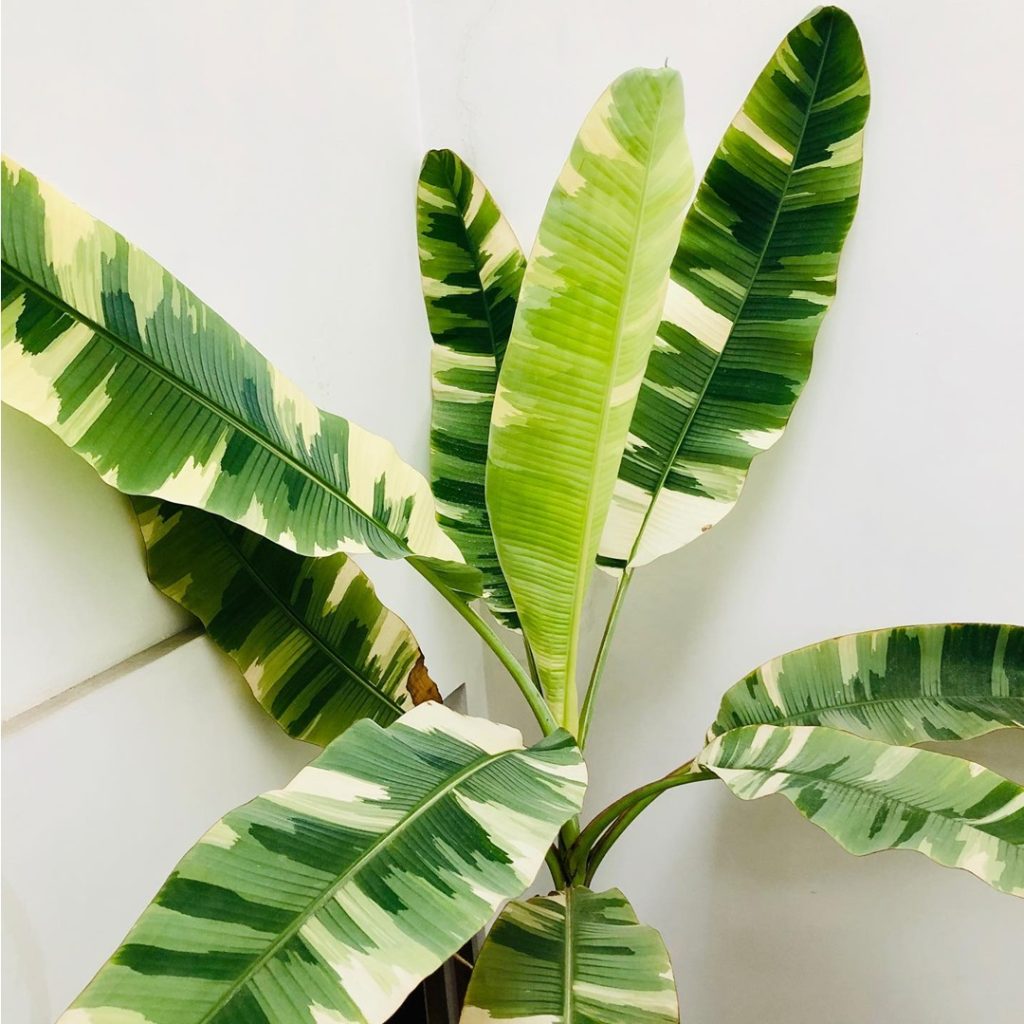
Experience the beauty of a Banana Plant (Musa spp.) in your home without worrying about pets! This tropical plant is great for those looking to add an exotic touch to their living space. It’s easy to care for, requiring only moderate sunlight and regular watering. Plus, it’s non-toxic to both cats and dogs, meaning you can enjoy its unique look without any safety concerns. The Banana Plant grows quickly too; it can reach up to 10 feet tall with large leaves that will make a statement in any room. Its flowers are beautiful, adding a pop of color to your interior design. With proper care, your Banana Tree will provide years of enjoyment — safely!
Cast-Iron Plant
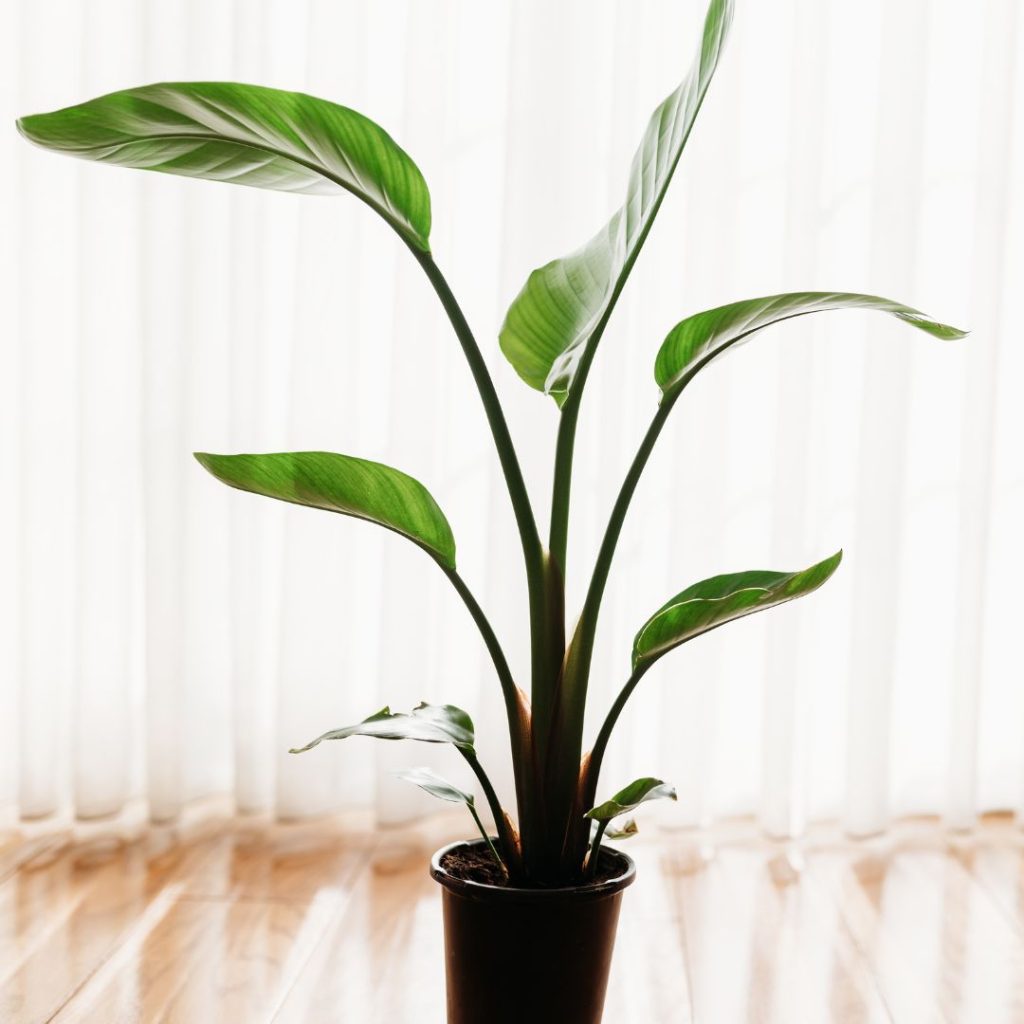
The Cast-Iron Plant (Aspidistra elatior) is a great choice for pet owners looking for tall indoor plants safe for dogs. It’s often called the “Barlow’s Triple Play” because of its low maintenance needs, resistance to pests and disease, and ability to thrive in low light levels. This plant won’t harm your pup if it takes a nibble and it can be kept out of reach in high spaces such as shelves or mantels. Its deep green foliage adds life to any room without requiring much effort from you! Plus, it’s one of the few plants that can survive in dark corners of your home, so you don’t have to worry about exposing Fido to direct sunlight either.
Kentia Palm

Kentia Palm, or Howea forsteriana, is a great choice for pet owners wanting an attractive and low-maintenance plant that won’t harm their pup. It’s a beautiful, slow-growing palm with arching fronds and can easily reach up to 10 feet tall in ideal conditions. The Kentia Palm is not toxic to dogs so it’s safe to have around your furry friend. It also requires minimal care, making it a practical choice for busy pet owners who don’t want the hassle of taking extra precautions. As long as you make sure your pup doesn’t chew on any new growth or fronds, the Kentia Palm will stay healthy and look good in any room in your home!
Money Tree (Pachira aquatica)
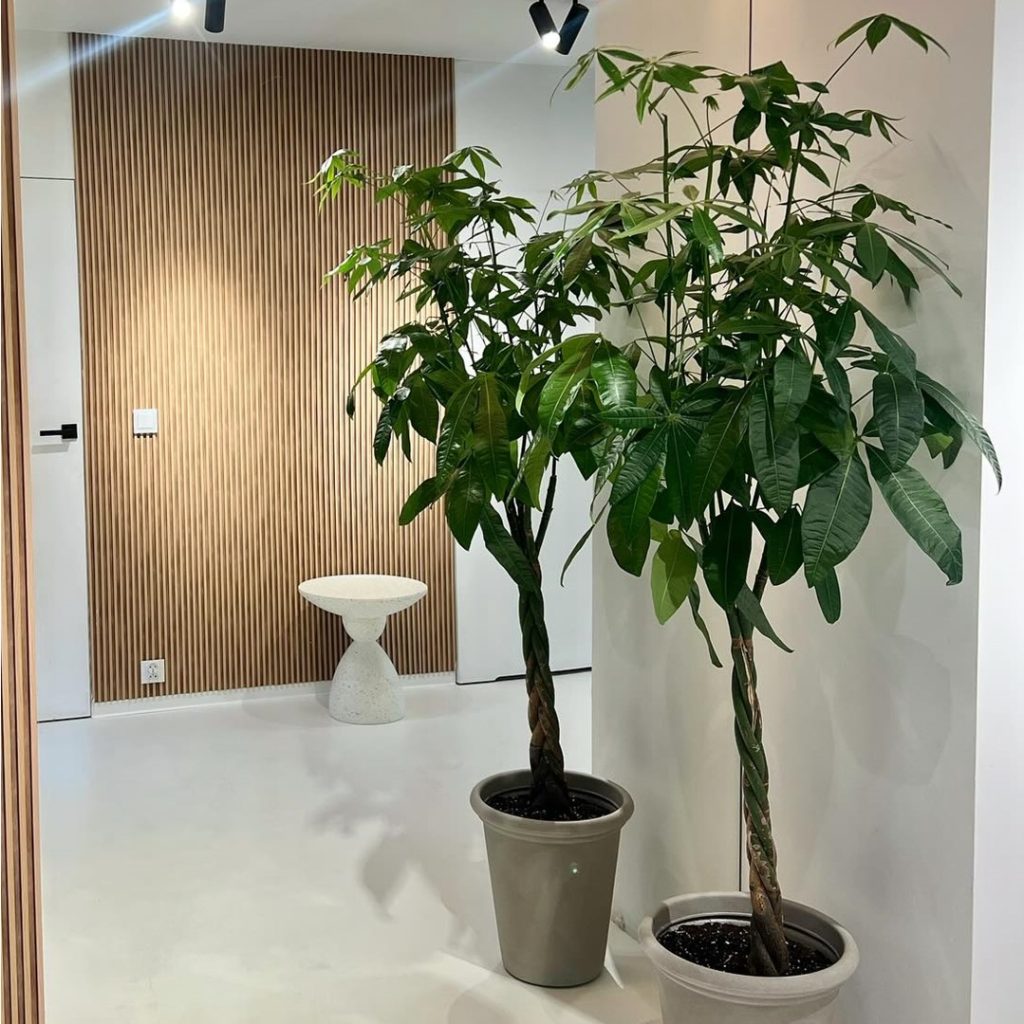
Now that you know about the Kentia Palm, let’s talk about another tall indoor plant that is safe for dogs: the Money Tree (Pachira aquatica). Unlike the Kentia Palm, this species has a braided stem and glossy leaves. Its attractive appearance makes it a popular choice for those who want to add a bit of greenery to their home.
Though it is nontoxic to pets, be sure to keep your pup away from any fertilizer or soil in which the tree is planted – ingesting these can cause an upset stomach. Additionally, trimming off any dead or browning leaves might be necessary if your pup likes to chew on plants. The Money Tree can thrive indoors with bright light but no direct sunlight and should never be overwatered as this will kill the plant.
Cat Palm (Chamaedorea cataractarum)
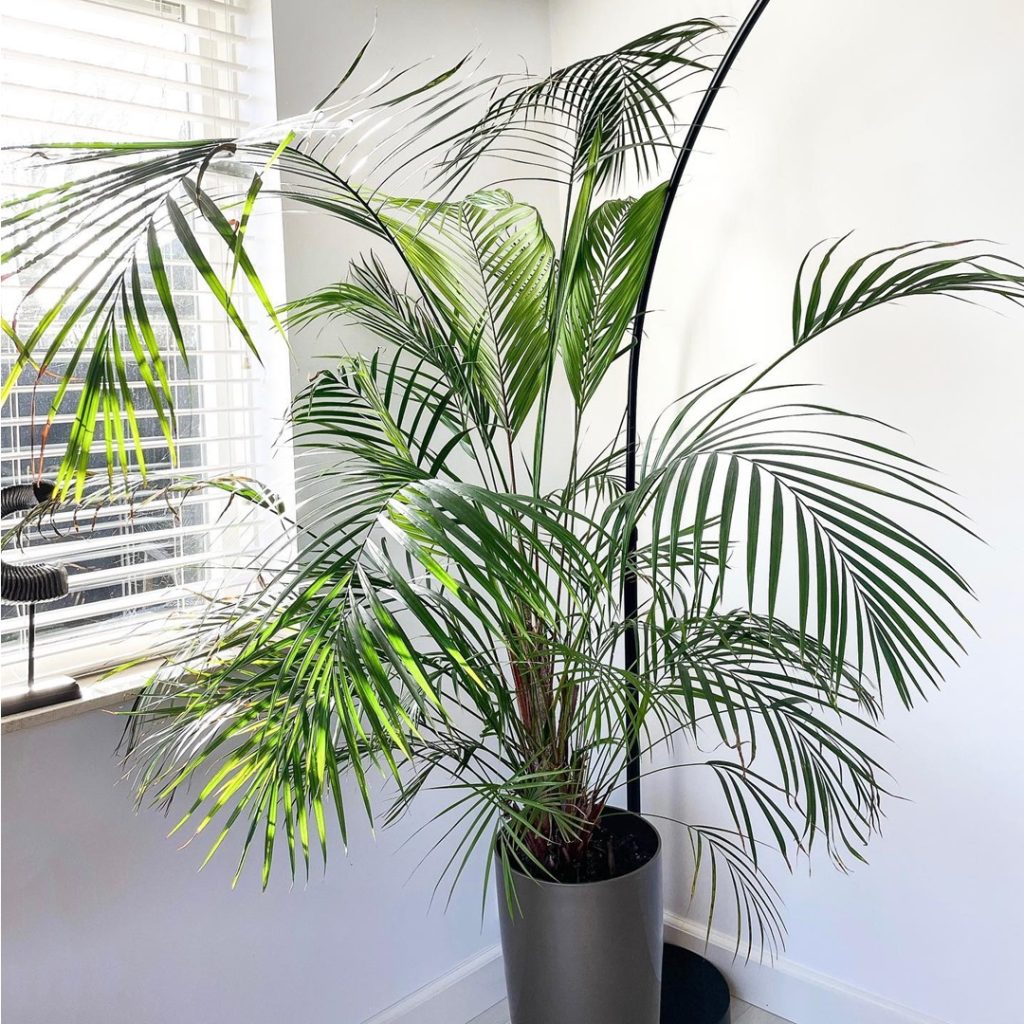
Another popular choice for houseplant lovers who wish to add a bit of greenery to their home is the Cat Palm (Chamaedorea cataractarum). This low-maintenance palm is perfect for those who want to spruce up their living space without taking up too much space. The Cat Palm can reach heights of up to 6 feet, but its slender and long leaves make it an ideal fit for any room in your home. Plus, it’s safe for both you and your furry friend–no need to worry about any toxins or potential health risks!
For best results, place this plant in medium light and keep the soil moist but not wet. Watering should be done only when the top two inches of soil are dry. Keep away from drafts as well as direct sunlight, as these could cause the plant harm. With just a little bit of TLC, you can enjoy having this beautiful addition brightening up your home.
Ponytail Palm
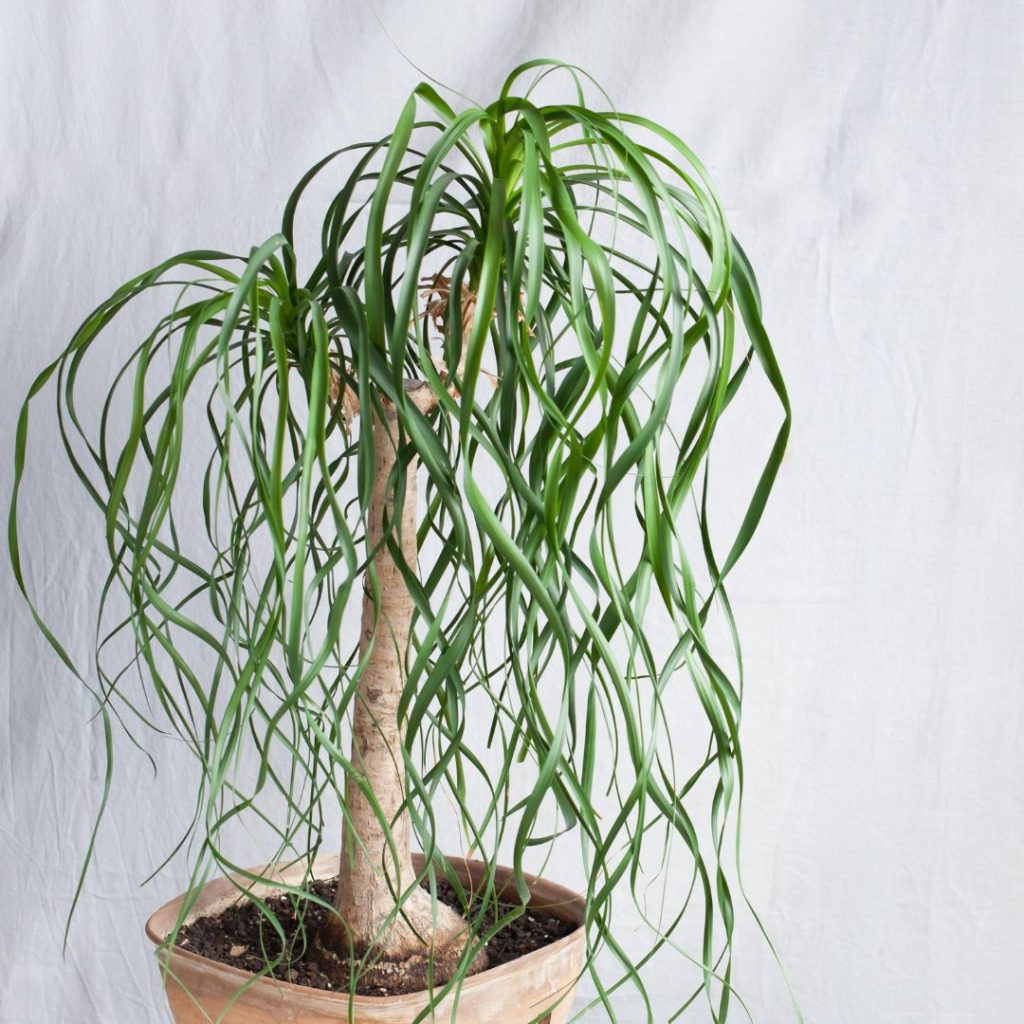
The Ponytail Palm (Beaucarnea recurvata) is a great addition to any home thanks to its low-maintenance care requirements and unique appearance. It’s an easy, safe option for pet owners since it’s non-toxic to cats and dogs. This palm looks like a ball of green hair atop a thin trunk, growing up to 10 feet tall indoors!
While this plant can tolerate neglectful watering habits, be sure not to overwater it as it can cause root rot. The Ponytail Palm prefers bright indirect light and temperatures between 65°F and 80°F. As for fertilizing, feed the plant once during the spring using a balanced liquid fertilizer diluted by half. With proper care, you’ll have a beautiful indoor companion that won’t hurt your furry friends!
Majesty Palm

Majesty Palm (Ravenea rivularis) is a stunning plant that’s perfect for brightening up any home and is non-toxic to cats and dogs. It has graceful arching fronds that can reach up to 10 feet tall, making it an impressive interior decoration. Not only is the Majesty Palm safe around pets, but its large leaves also help filter out toxins in the air – so you can breathe easy knowing your furry friends are not at risk of exposure to harmful chemicals. Thanks to its low maintenance requirements, this majestic palm is ideal for busy pet owners who want a beautiful addition to their living space without too much effort or worrying about toxic plants.
Calathea
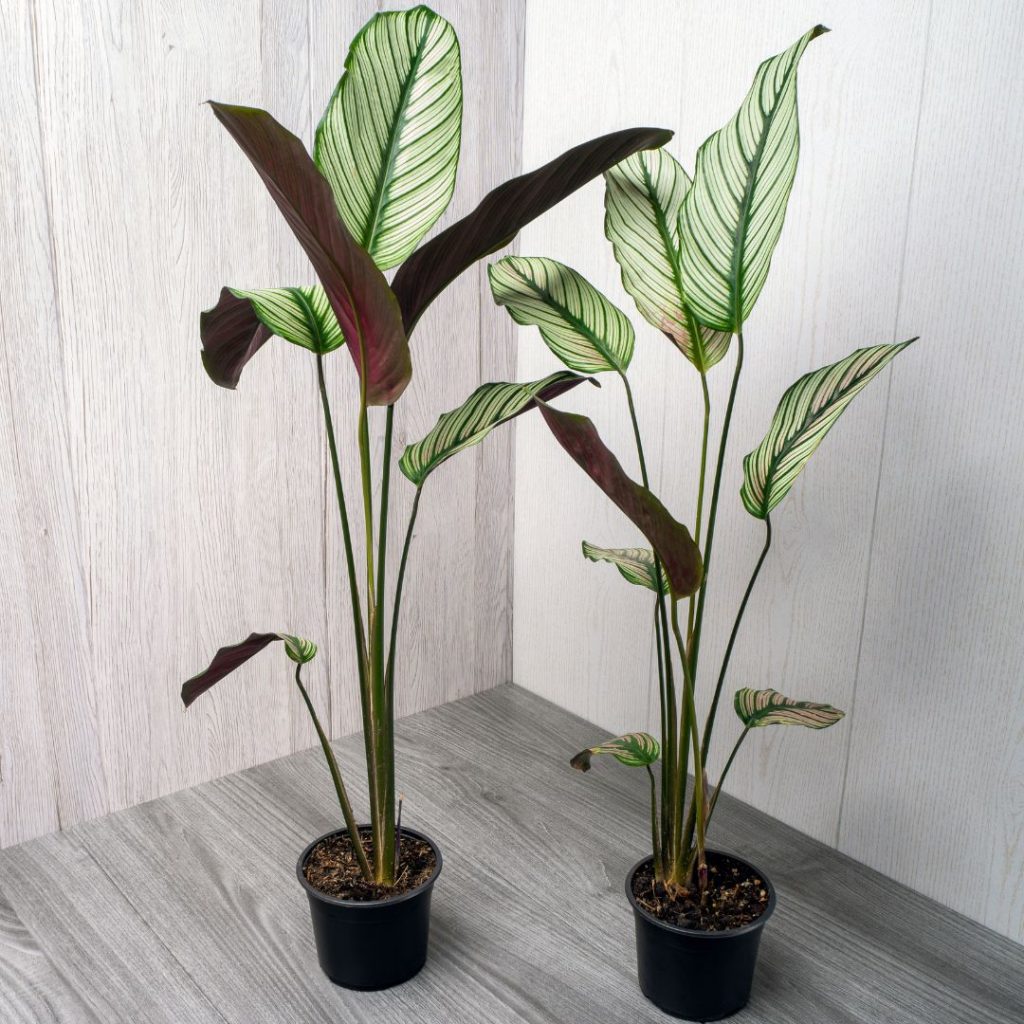
Calathea is a stunning plant that can add an eye-catching touch to any home, and it’s also non-toxic to cats and dogs. Perfect for pet owners who want to spruce up their interior decor without putting their furry friends in danger. Calatheas come in multiple varieties, all with beautiful foliage featuring bright patterns and stripes of purple, green, yellow, pink and red.
They prefer indirect light or filtered sun as too much direct sunlight will damage the leaves. Water regularly but take care not to overwater – let the soil dry out before watering again. For best results, use a fertilizer every other month during the growing season. With proper care, these plants can make a lovely addition to your home while ensuring your pets remain safe!
Tall Indoor Plants Toxic To Dogs
Unfortunately, some of our favorite houseplants can be dangerous to our furry friends. Monstera deliciosa, Peace Lily, Strelitzia, Satin Pothos (Scindapsus pictus) and Syngonium are all toxic for dogs if ingested. All it takes is a curious pup and before you know it your pet can suffer from vomiting and diarrhoea so it’s important to be aware of which plants are safe for them.
Monstera deliciosa
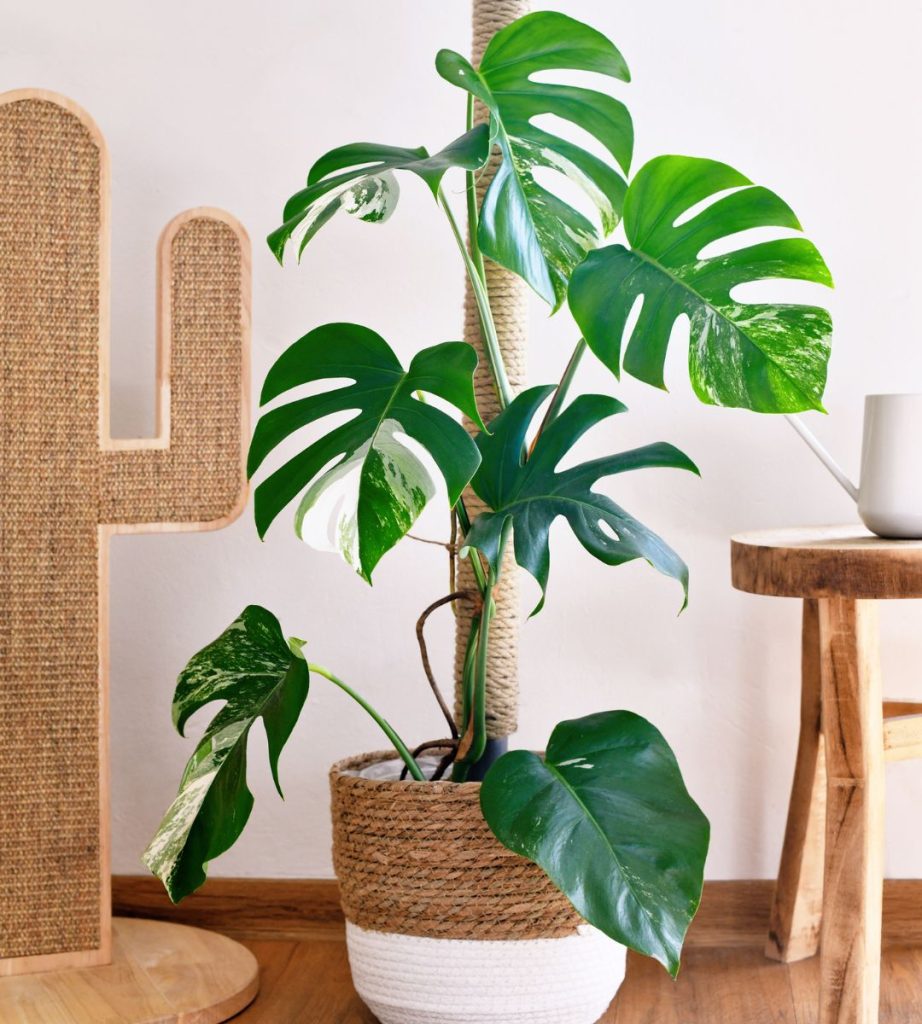
Monstera deliciosa is toxic to dogs, so it’s best to keep them away. It can cause skin irritation and vomiting if ingested, so it’s important to take precautions to ensure your pup stays safe. The plant has large, oval-shaped leaves that are often perforated or cut in a decorative pattern, making it an attractive addition to any home. However, this beauty comes with danger for our furry friends. If your pup eats parts of the Monstera deliciosa plant, they could become seriously ill and require veterinary care. To protect your pooch from potential harm, make sure you keep this tall indoor plant out of reach at all times.
Peace Lily
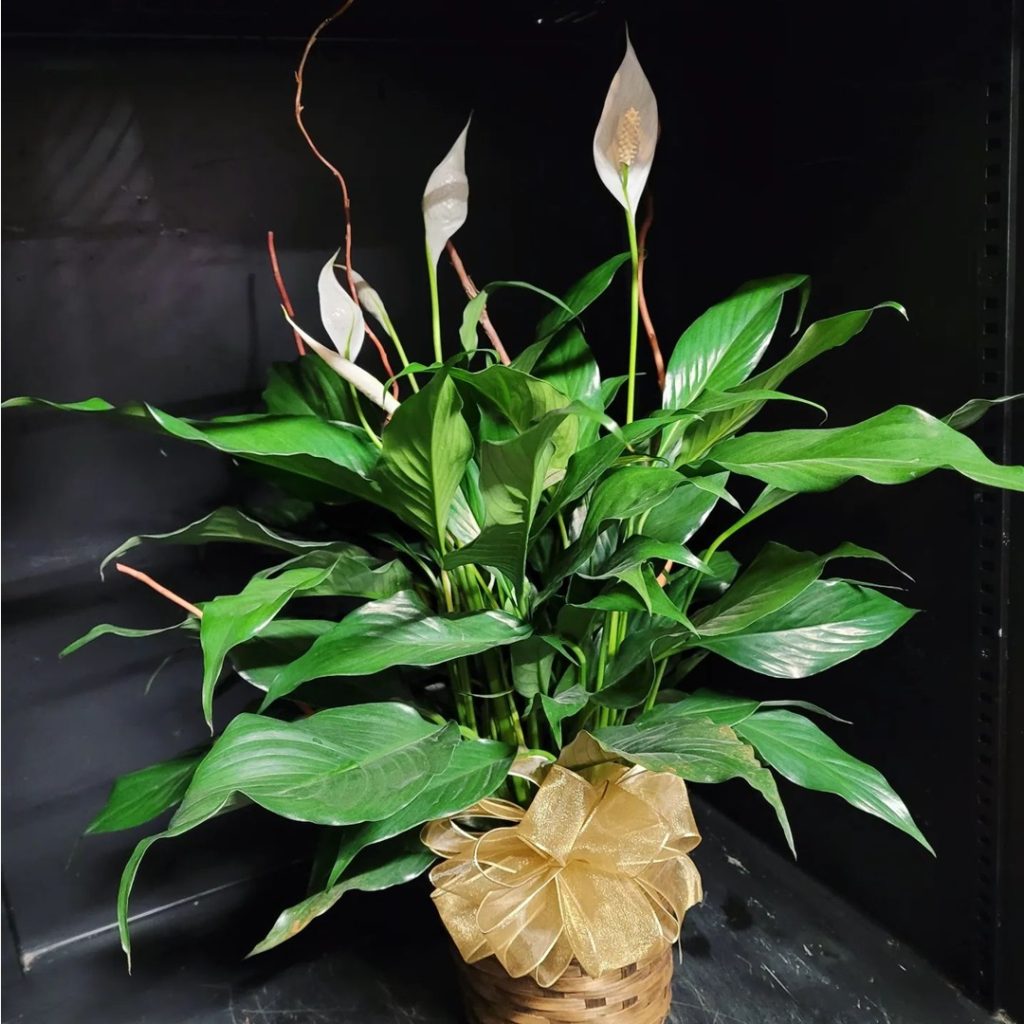
The Peace Lily is an attractive houseplant, but it can be toxic to pets if ingested. It’s important to keep this plant away from your furry friends, as the leaves and flowers contain calcium oxalate crystals that can cause irritation of the mouth, lips, tongue, and throat when chewed or eaten. Symptoms range from excessive drooling to swelling of the oral cavity. In severe cases, vomiting and difficulty swallowing may occur. If your pet does consume any part of a Peace Lily plant, contact your veterinarian immediately for medical advice.
Strelitzia
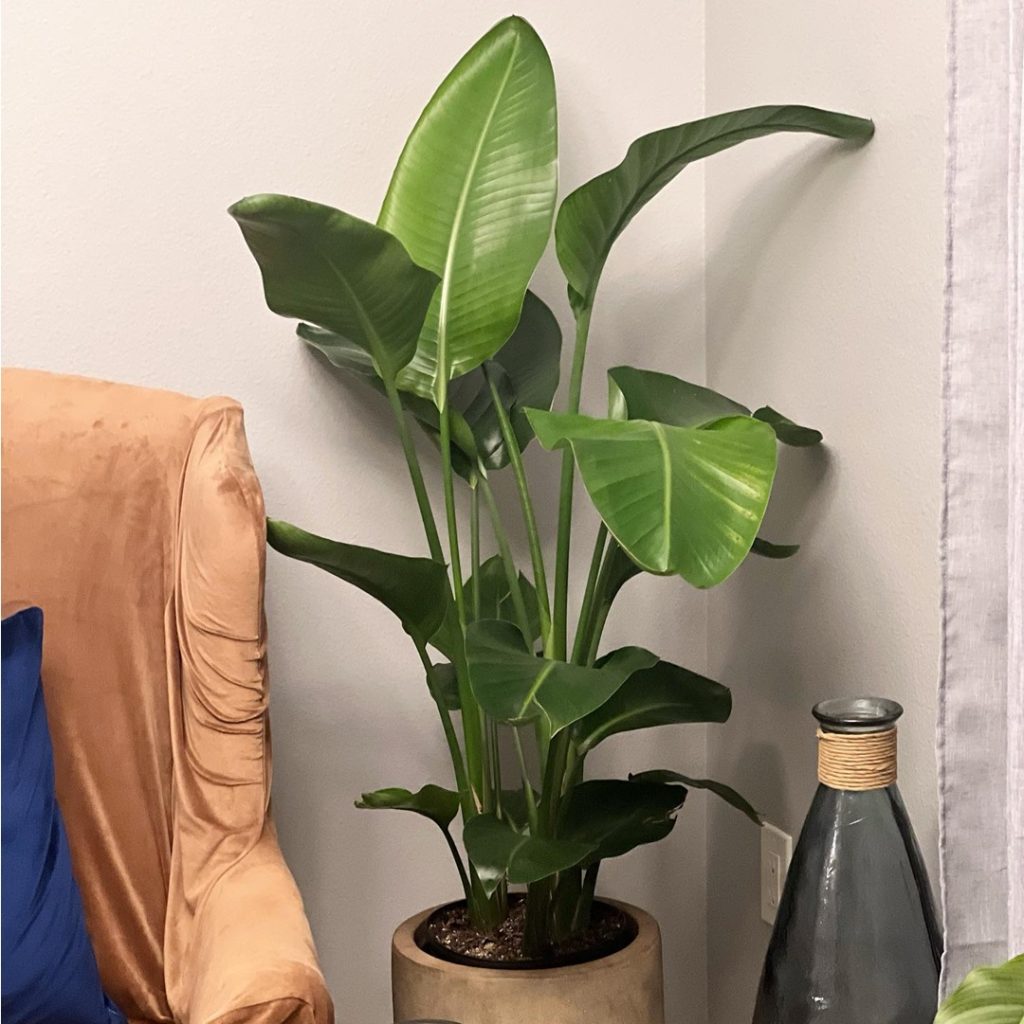
Strelitzia, often called the Bird of Paradise plant, is a popular houseplant known for its dramatic orange and blue flowers. However, this tall plant can pose a risk to dogs if ingested. While it isn’t fatal, Strelitzia contains compounds that can cause vomiting and diarrhea in canines. It’s best to keep these plants out of reach of curious pets or choose alternate varieties of indoor plants for your home. If you already have one, make sure to keep an eye on your pet while they’re around the Strelitzia so that any accidental ingestion can be avoided.
Satin Pothos (Scindapsus pictus)
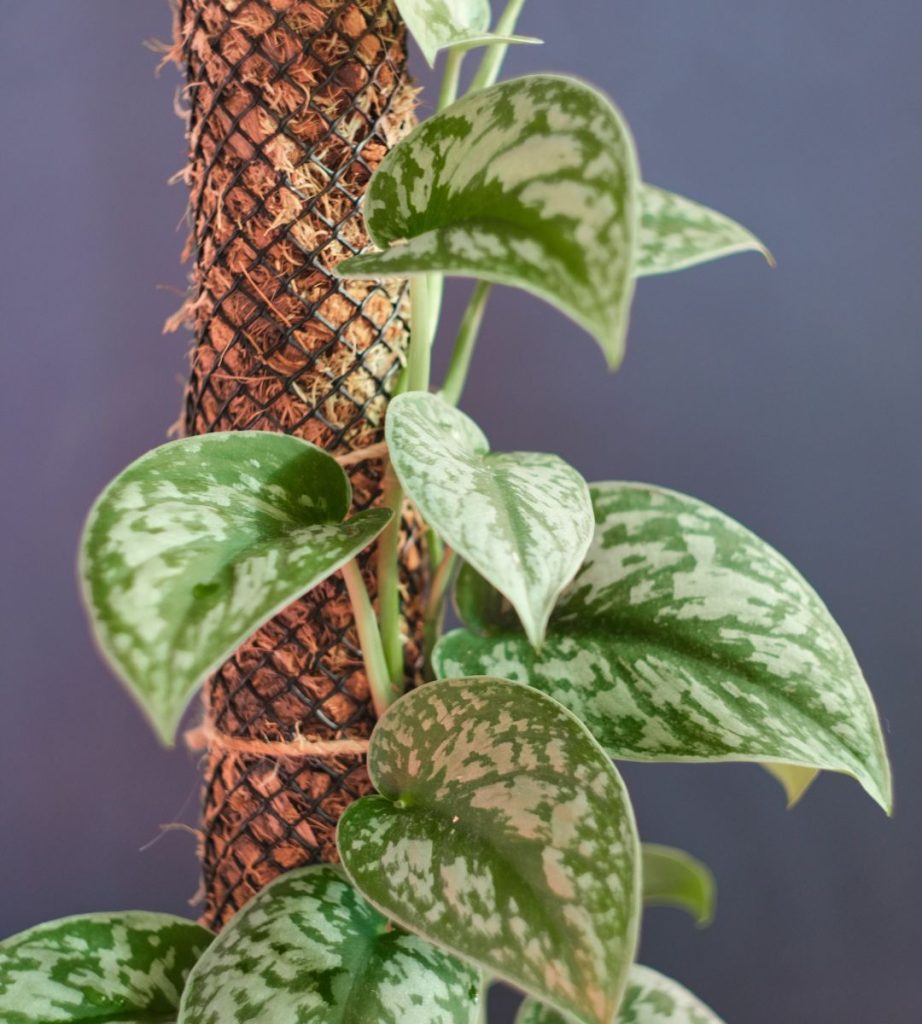
Satin pothos (Scindapsus pictus) is considered to be toxic to dogs if ingested. It contains calcium oxalate crystals, which can be harmful to pets if they chew on or consume the plant. Ingesting satin pothos can cause symptoms such as oral irritation, difficulty swallowing, vomiting, and possible drooling. It is always best to keep potentially toxic plants out of reach of pets to ensure their safety. If you suspect your dog has ingested satin pothos or any other toxic plant, it is recommended to contact your veterinarian immediately for guidance.
Syngonium
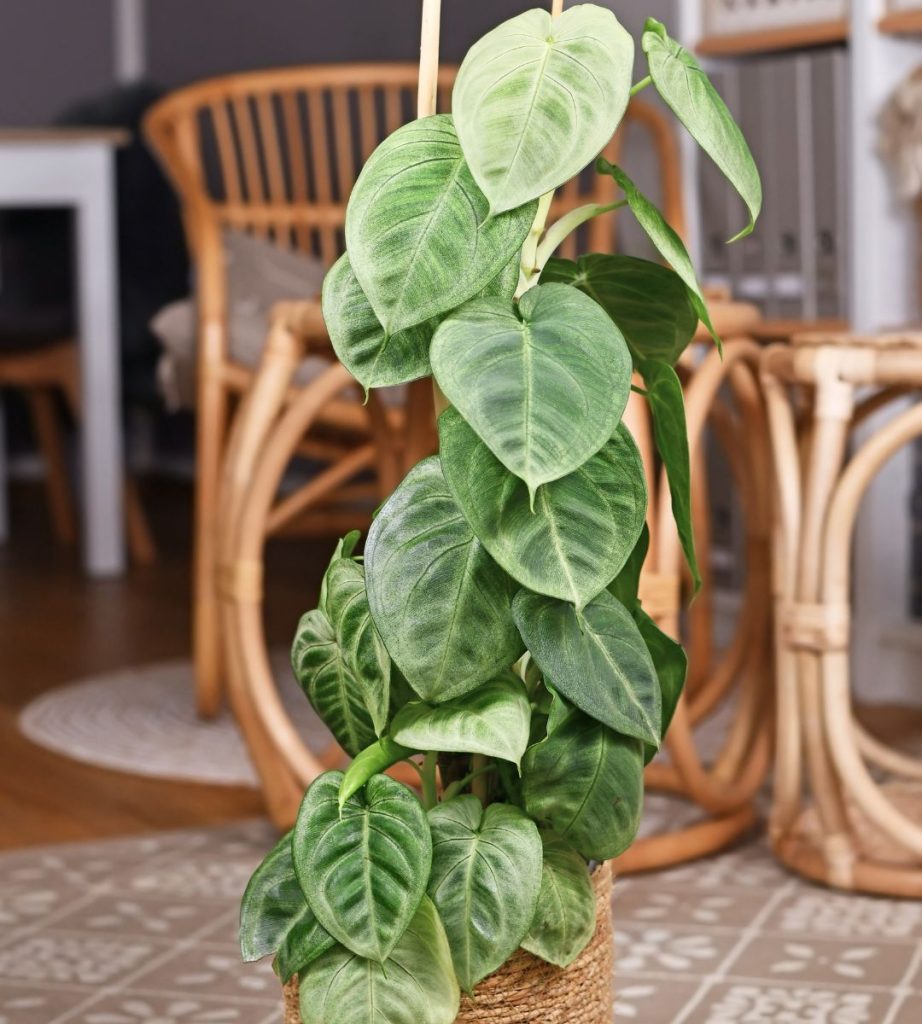
You’ll love Syngonium’s lush foliage with its beautiful shades of green, making it a great addition to any indoor space. Unfortunately, these plants are known to be toxic to dogs if ingested, so make sure you keep your pup away from them. Though the toxicity is not usually life-threatening, it can still cause mild discomfort and stomach upset to your pet. Syngoniums should be kept out of reach of curious canine companions. If you have a dog that loves chewing on plants, consider opting for non-toxic varieties instead.
Dumb Cane
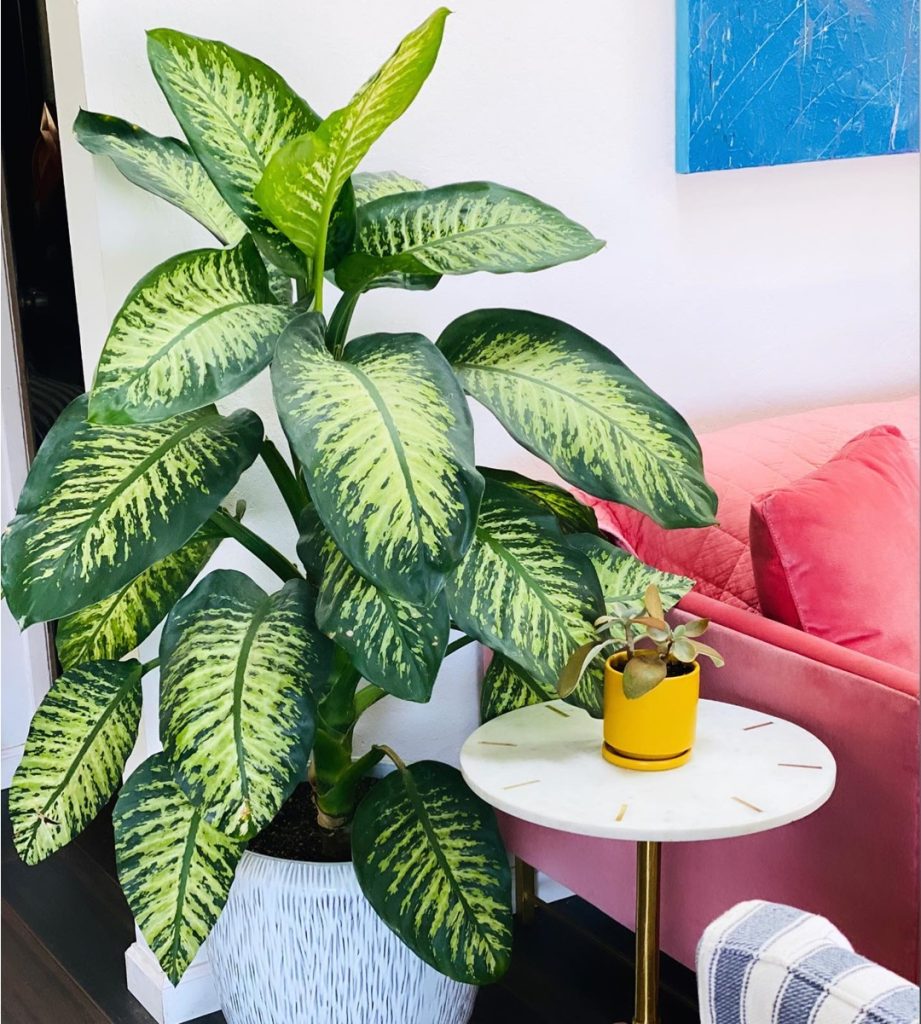
You should be aware of the Dumb Cane plant, as it can cause irritation and swelling if ingested. This is a tall indoor plant that has beautiful foliage but unfortunately is toxic to pets. It contains an insoluble calcium oxalate compound called raphides that causes an intense burning sensation in the mouth when ingested by dogs or cats. If you own a pet, it’s important to keep this plant away from them at all times.
Even coming into contact with the leaves can result in skin irritation and discomfort for your pet. The leaves are particularly dangerous, as they contain the highest concentration of raphides compared to other parts of the plant. Symptoms of poisoning include difficulty swallowing, excessive drooling or foaming at the mouth, pawing at the face or mouth area, vomiting and abdominal pain. If you notice any symptoms of toxicity after your pet has come into contact with this plant, seek veterinary care immediately to ensure their safety and health.
Snake Plant
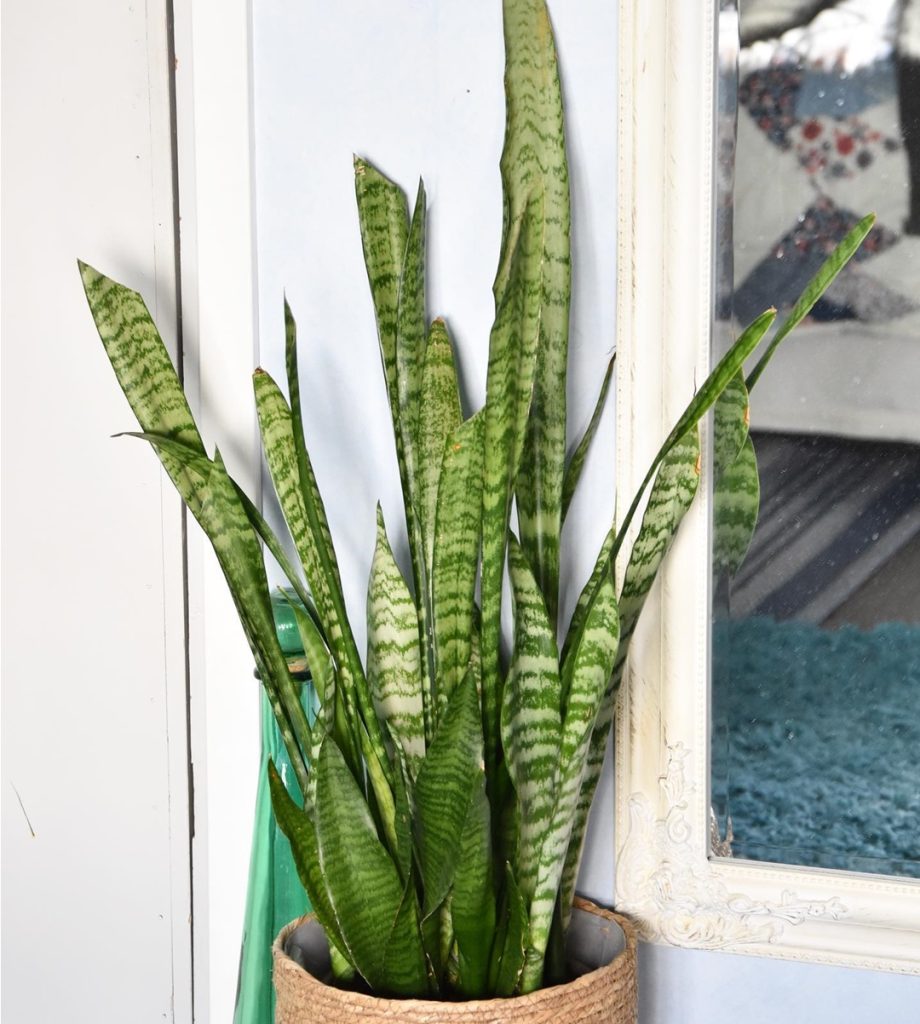
Snake Plant, also known as Mother-in-Law’s Tongue, is a species of flowering plant that can be grown indoors. This plant has long, thin leaves with yellow and white stripes. It can reach heights of up to four feet in the right conditions. While the Snake Plant may look attractive, it is toxic to dogs if ingested. The toxins found in this plant can cause vomiting and diarrhea in pets. To ensure your pet’s safety, keep the Snake Plant out of their reach or consider other plants that won’t put them at risk.
How To Prevent Accidents
If you have a dog in your home, it’s important to be aware of potential hazards from your houseplants. To avoid any accidents, place them in a safe corner that’s out of reach for pets and choose strong, dog-friendly plants that can withstand the occasional nose bump or tail swipe. Doing this will help ensure that both you and your pup can enjoy the beauty of indoor plants without any unfortunate consequences.
Place Your Houseplants in a Safe Corner
Placing your houseplants in a safe corner is the best way to keep them from getting knocked over. To avoid accidents, pick an area with minimal foot traffic and plenty of support – like a wall. This will ensure your tall plants are well protected and won’t be easily disturbed. Consider what’s best for you, as well as your beloved pet or child! Make sure you’re not putting them in harm’s way by selecting a spot that’s out of reach. With this precaution taken, your plants will remain in perfect condition for years to come. So don’t take any risks – find the safest place for your house plants today!
Choose Strong Dog-Friendly Houseplants
Finding the right houseplant for your home with an excitable pet can be tricky, but choosing strong dog-friendly plants can make all the difference! Money Trees and Ponytail Palms are both great options – they have sturdy trunks that won’t easily break, even if your pup bumps into them. Plus, if the soil gets knocked out of the pot, these plants are fairly tolerant and will recover quickly.
Conclusion
You’ve learned what makes a plant safe for dogs, the tall indoor plants that are safe to have around your furry friend, as well as which ones to avoid. With these tips in mind, you can rest easy knowing your pup will be safe while adding some greenery to your home. Now you’re ready to get those plants and start enjoying their calming presence!
